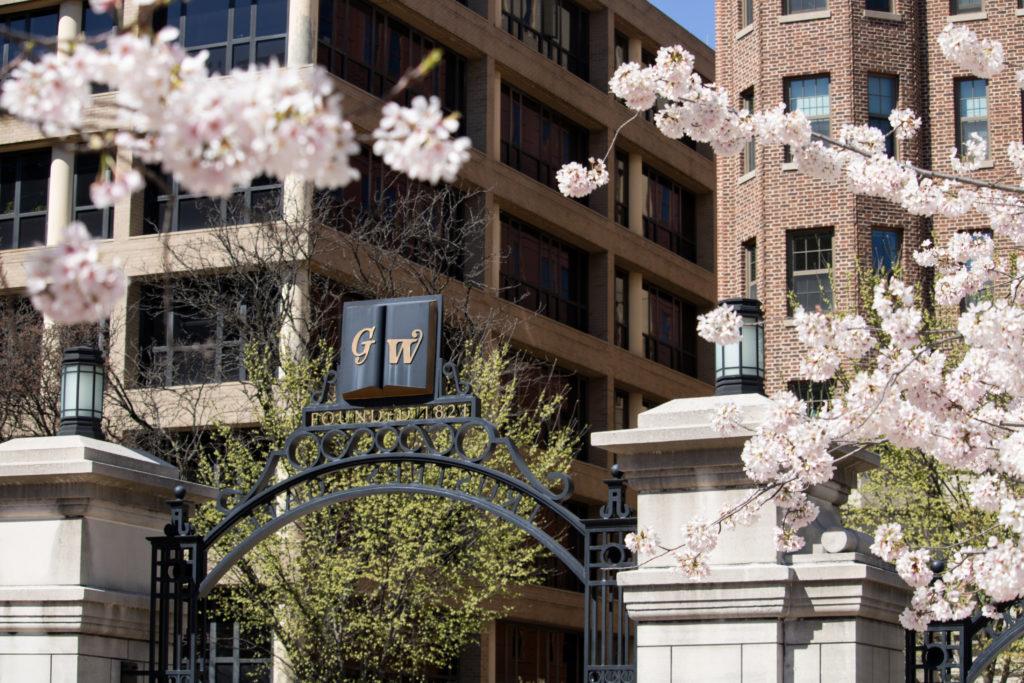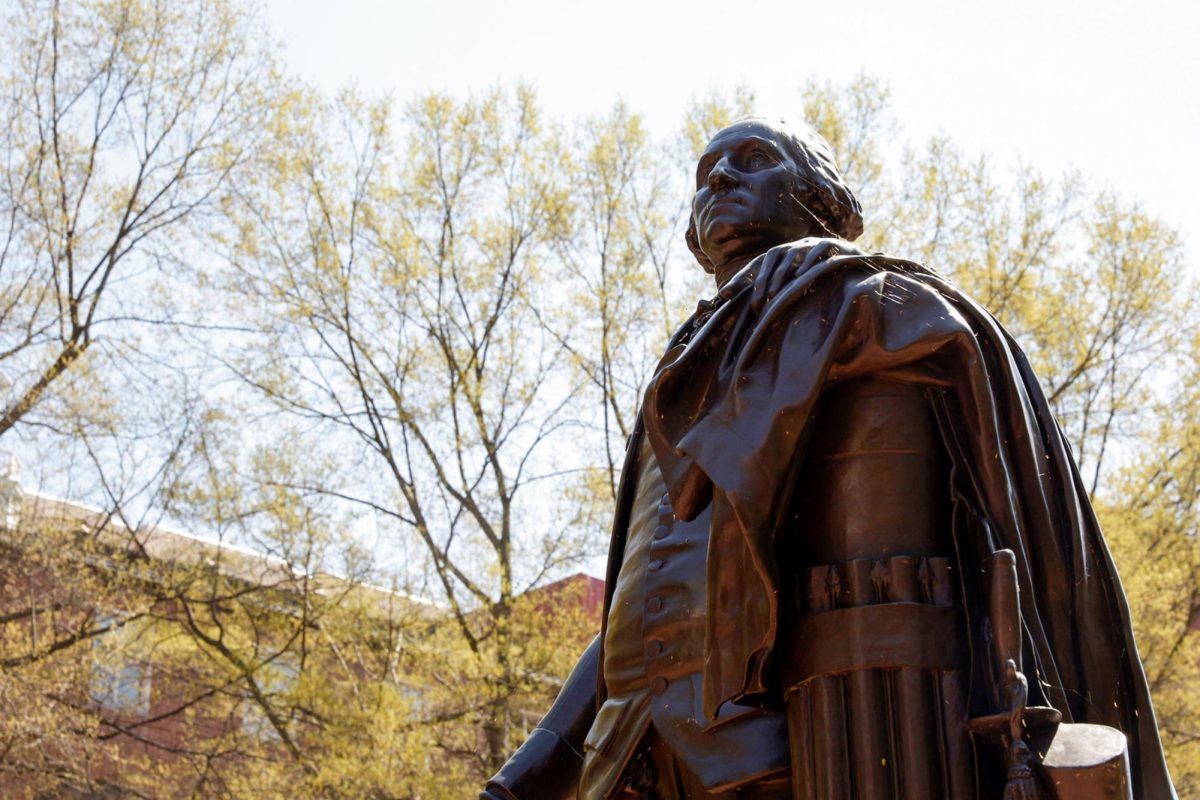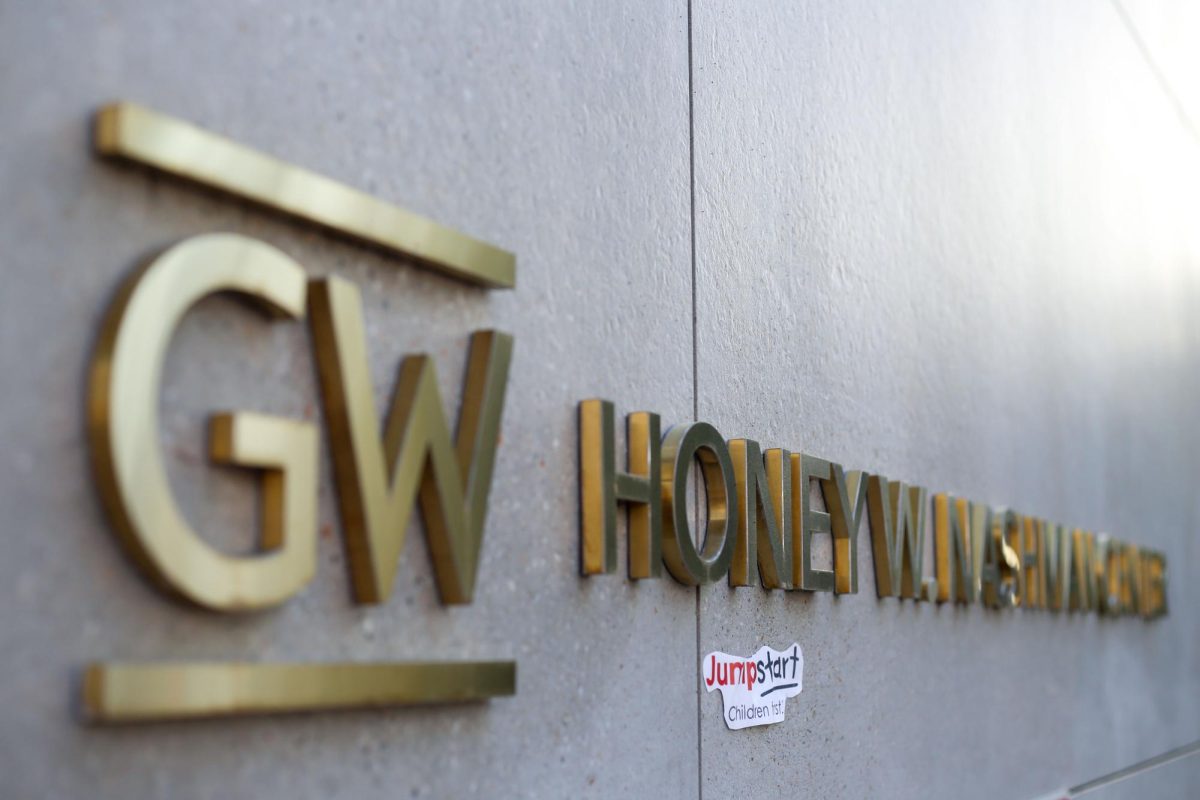GW officials await precautionary anthrax tests from Foggy Bottom and Mount Vernon Campus mail facilities before giving any guarantees that packages and letters around campus are completely safe. But departments seem more affected by a mail slowdown than fears of anthrax.
Foggy Bottom and Mount Vernon mail facilities were tested for anthrax spores Tuesday, said Joseph Yohe, assistant director of risk management and insurance. Results will not be available for 72 hours, he said, so officials should know by the end of the business day Friday.
Like all mail around the city, GW mail comes from the Brentwood Road facility where anthrax was discovered last Friday. It is now being re-routed and “could be in any one of several locations,” said Michael Peller, managing director of the Office for Property Management and Real Estate.
All 25 GW mailroom employees have tested negative for anthrax, GW officials said. Their employer, mail services contractor Pitney Bowes, set up tests for workers at the beginning of the week and provided them with prescriptions they could fill for 10-day supplies of antibiotics, Yohe said.
Mail employees now use rubber gloves and other protective material, Peller said, adding that they have also been briefed on what to do with suspicious packages.
Pitney Bowes is now handling mail through the entire delivery process, from the mailroom to the residence halls, Peller said. Some of the delivery process was previously done by students, including office assistants in residence halls, but policy changed because of parent and student concerns.
Thirty-two post offices around the city that received mail from Brentwood tested negative for anthrax spores. Eight await results, and five tests were incomplete, according to The Washington Post.
Normally, GW’s mail goes through the Brentwood office, then to the Ward Circle substation, which has tested negative for anthrax, according to GW officials.
Peller said the University received no direct requirements or directions from outside sources.
“I believe the institution has taken a very proactive stance with information from a variety of sources,” he said.
Officials said the community should expect mail delays and could not say when those delays will end.
Departments around campus have already noticed slowdowns in delivery around campus that last as much as 10 days.
“I’ve noticed that we just started receiving mail (Oct. 30th) and dates are around Oct. 20 to 24 and 25,” said Dan Small, director of Student Financial Assistance. Mail from Northeast usually takes about six days to reach the office, he said. He said mail has not arrived at all some days.
Director of Admissions Kathryn Napper said she had noticed some delays as well and said her office will be flexible with deadlines.
“It’s slowing the applications down,” she said. “Students are reverting more to the online (forms) in terms of applications and so forth.”
She said her office is encouraging people to apply early and use online application forms.
Napper said she does not think the delays will impact GW admissions negatively.
“All the schools (around the country) are in the same boat,” she said. “Either a school is located in an area where there are delays, or they’re getting applications from students there.”
Small said he is not concerned that the delays will affect student aid because most activity is finished for the semester.
“This is not usually the time of year when we receive mail,” he said. “Most comes during summer and spring. And to be honest, lot of students complete things online.”
Both Napper and Small said they encourage students to fax or e-mail documents or use online forms.
Small said he is not worried about mail safety.
“We do have a person who does handle the mail, but it goes through USPS and GW’s postal service, so there’s already been some screening before that,” he said.
“It really hasn’t thrown a wrench into the process.”







